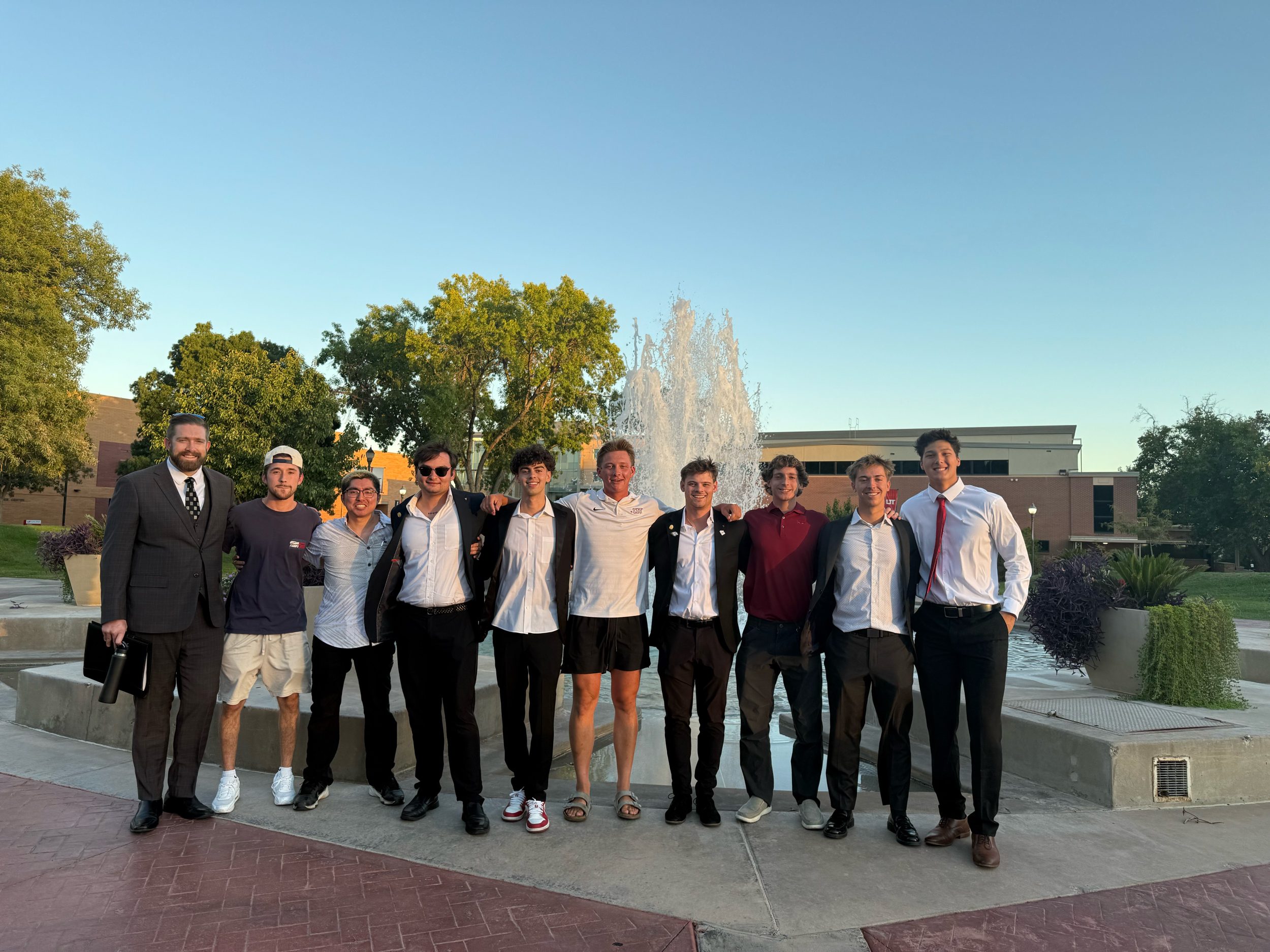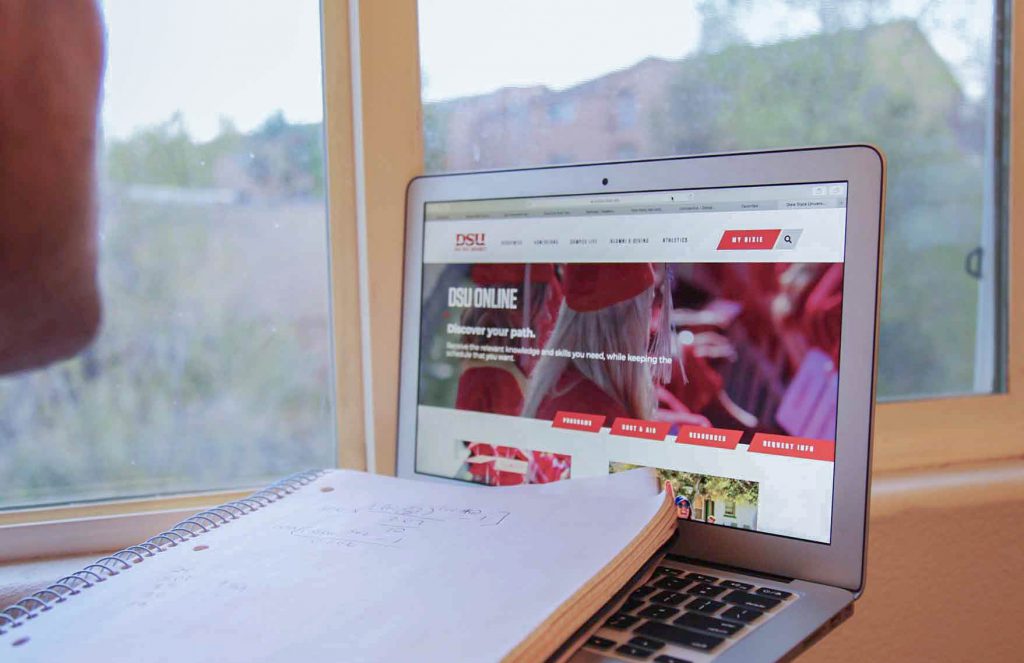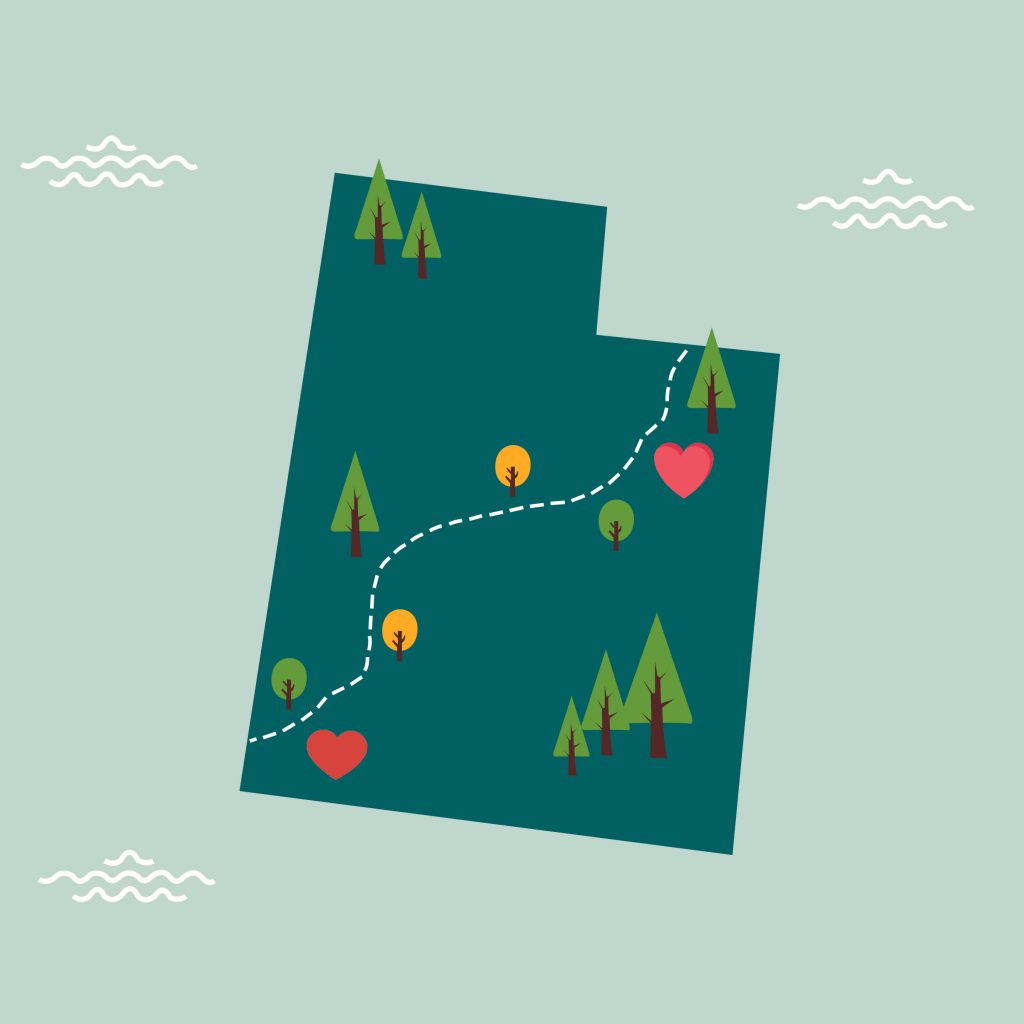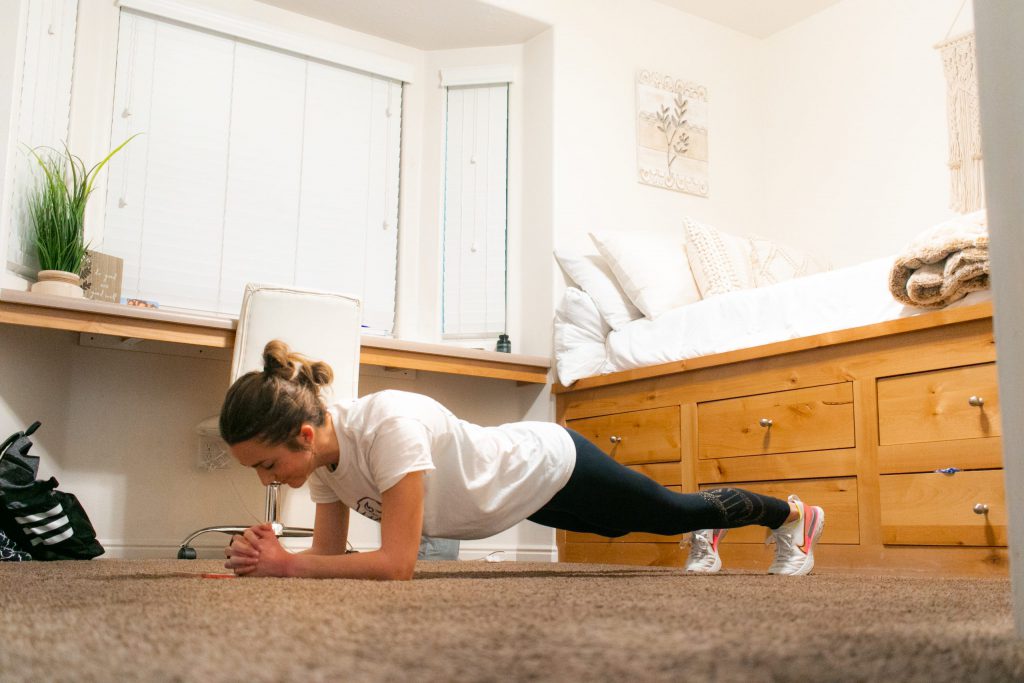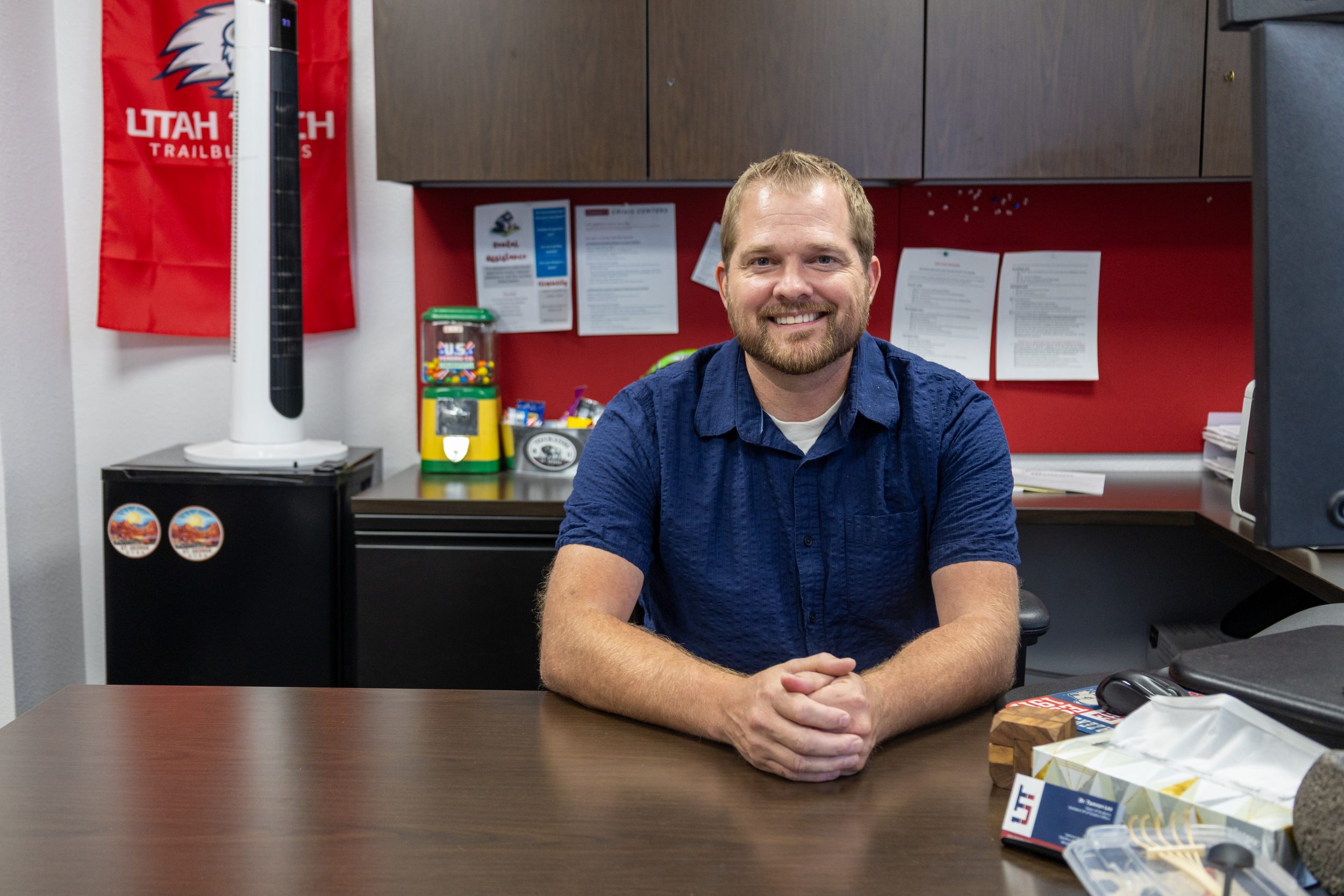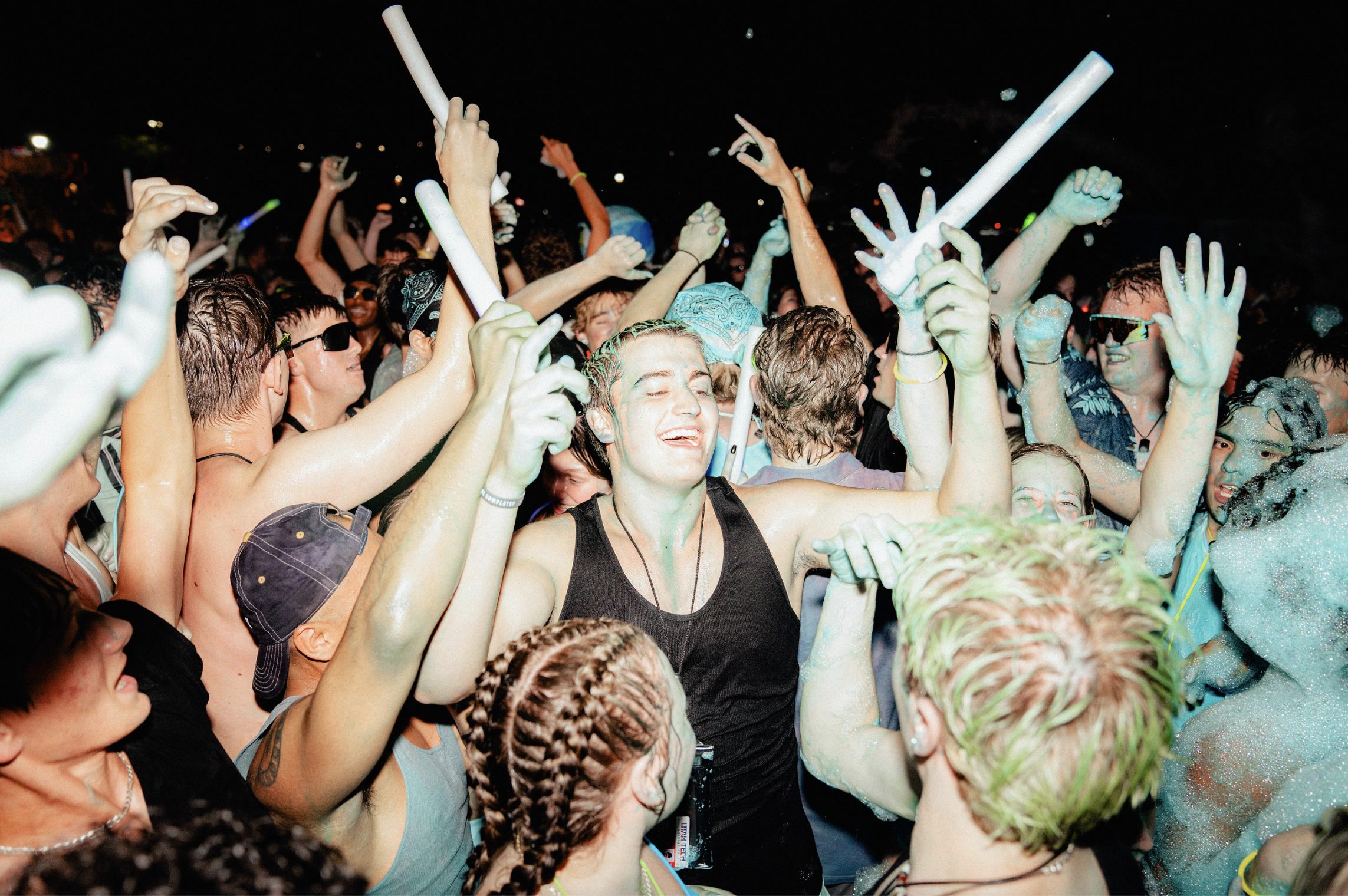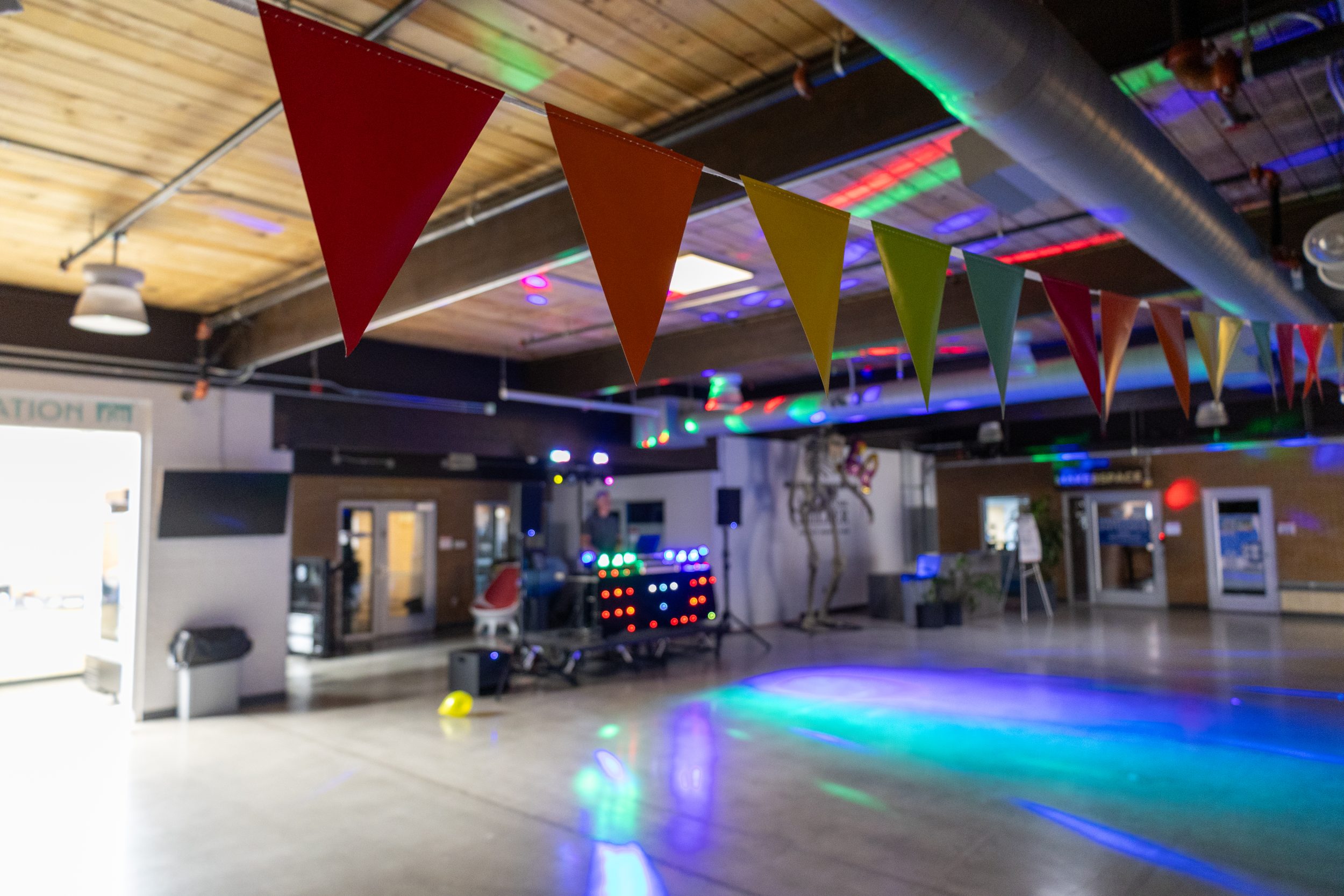For members of Kappa Sigma, fraternity life isn’t about parties — it’s about leadership and service throughout St. George.
The Kappa Sigma fraternity, unaffiliated with Utah Tech University, has recently appeared on campus.
The members must keep school activities separate from the fraternity. They are allowed to attend events as students, but not as representatives of the fraternity.
Kappa Sigma was founded over 150 years ago at the University of Virginia in 1869, but has been around in Italy since the 1400s. Kappa Sigma is also the world’s largest collegiate social fraternity.
The fraternity’s main focus is to promote leadership, community and involvement.
“The four pillars the fraternity is built upon are fellowship, leadership, scholarship and service,” said Brooks Ayre, a junior management and accounting major from Houston. Ayre is the grand procurator, meaning the vice president.
The members of Kappa Sigma want to help students become leaders.
“We are just another avenue, another option for students to pursue leadership, for students who want to get involved,” said Ian Kelly, a senior communication studies major from Chicago.
Kelly, the campus involvement chair, is the main bridge between the fraternity and campus. He focuses on finding events and clubs that members are interested in, helping students get more involved on campus.
The fraternity is primarily service-based. They plan to help out at the St. George Marathon and assist with setup for Afuego Fridays and Young and Dumb parties. The brotherhood also helps with community service projects at a local Catholic church that one of their members attends.
The chapter’s events are invite-only. Members and their invited guests are welcome to their events. If someone would like to attend an event, they have to reach out to get an invitation.
“Kappa Sigma is this big, huge organization and they spread their ideology or their traditions through each school,” Ayre said.
Kappa Sigma is the only male Greek organization in St. George. The brotherhood recently charted a club called Greek Leader Committee, where they teach Greek-like values.
“We are one of the few, if not the only organizations on campus, that I can confidently say we’re about merit,” Kelly said.
The current members learned about the original frat that was created in 2019, before it was dissolved by the organization, from fellow classmates who invited them to come to a meeting. Thomas F. Cudd III, a senior finance major from Calgary, Canada, saw a future in the fraternity and wanted to recharter it to truly follow the values that Kappa Sigma is known for.
“I was like, ‘I don’t know, it sounds kind of weird,’” Cudd said.
They realized if the people they trust are in it, then they could give it a chance. After learning more about the morals and ethics, the current members realized it aligns with what they believe in. They also saw how the networking opportunities were beneficial for the future.
“We are men of excellence and that is what Greek life offers,” Ayre said.
The fraternity has not become an approved organization at Utah Tech because the university doesn’t have Greek life on campus. The school focuses on having clubs and leadership organizations for students to participate in.
Any male student enrolled at Utah Tech and taking 12 credits or more is welcome to join. The fraternity is accepting new members and will allow more members after their two-week training period. Members are required to maintain a GPA of 2.5 and follow its 65-page code of conduct, Cudd said.
The process to join starts with contacting a member and attending a meeting. After a one-on-one conversation, prospective members can read and sign the bid form.
Fraternities are widely known for big parties and drinking culture. Kappa Sigma would like to disassociate from these stereotypes.
“It might take my entire lifetime to change that stereotype, but I’ve basically made a vow to myself that’s what I’m going to be working on my whole life,” Cudd said.
CLARIFICATIONS AS OF SEPT. 26:
- Utah Tech doesn’t sanction fraternities or sororities on campus, as the Utah Tech Student Association Club Council Bylaws explain that national fraternity and sorority charters aren’t permitted. Student clubs can’t use Greek letters, national fraternity names or imply university-recognized fraternity status.
- Members part of unaffiliated groups are welcome to attend campus events as individuals. However, they can’t hold meetings, recruit members, give tours, or use campus facilities in ways that imply university affiliation.
